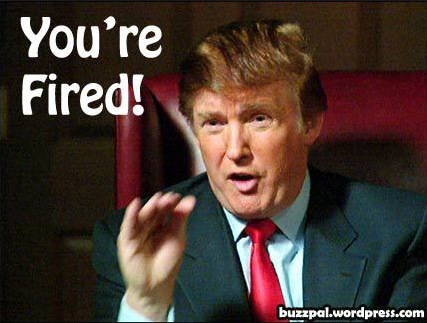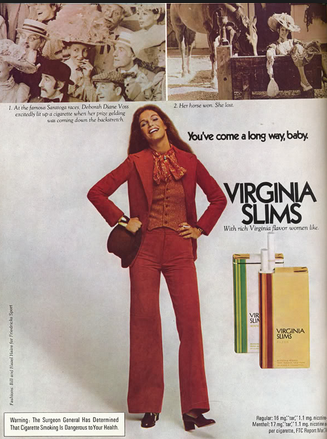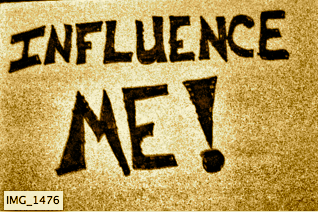How Not to Get Hired (Or, Get Fired Once Hired)
Over that last several months I have been working with clients helping them build out their marketing and communications departments. I have done the needs assessment, workforce planning, along with job descriptions, application review and interview design. Through the application review process I have to say that there is one shocking theme emerging – the inflation of one’s experience. Needless to say, inflating your experience is either the best way to NOT get hired or, should you manage to fool the hiring manager, it is a sure fire way to get fired!
I work in a pretty small market. I tend to know who is who when it comes to my industry. If I don’t know someone, I can easily call someone and ask about the person. So, it is really concerning to me when I see people inflate their resumes, including their LinkedIn profiles, with details that I know to be questionable.
Even if I didn’t work in a small market there are some telltale signs that raise eyebrows. While it is entirely possible that you were waiting tables or someone’s receptionist one week, it would be more rare that that your next job would have you leading teams that approved the top dog’s speeches and/or press calendar.
I am not saying that you can’t work on a team that supports senior management, but I have to confess that professing that you were single-handedly responsible for the approval process for either a CEO or a senior politician such as a Senator, a Provincial Premier or even a leader of a country is a bit far fetched. In the last two weeks I have read resumes that have made such claims. In one case, the candidate had been a receptionist and his next job was working for a Premier of the Province “approving” his speeches and speaking points. In another case, the candidate had managed a bar and the next job she was the CEO’s press secretary and responsible for approving all interview requests, messaging and speeches. In both cases, I know the person who actually performed those roles. As a result, I know the candidates were not performing the actual duties that they claimed to have done. I also know that people are not moved into such roles with no experience. These roles require a fair amount of expertise and experience.
Inflating your experience is a dangerous practice and here’s why:
- On the front end, experienced hiring managers and/or HR Professionals will rule these candidates out. That is expected, but it becomes more serious as we look at this further.
- In small markets, your reputation and creditability will be impacted sooner than later. People know each other and it doesn’t take long to lose your credibility.
- Another scenario? Suppose you try this in a market that isn’t so small and you get the job. Things might be good for weeks or months, but eventually, it will become clear that you don’t have the experience claimed. The results then are be bad for both parties. Neither of these outcomes are preferable for either party.
Many organizations are taking steps to weed out false information in the event that it was not discovered in the screening and interview stage. They use companies that investigate your education, work history and even credit history. So, beware that more and more companies are doing this. If an employer finds out you misstated your experience, the end result is quite simple. You will be shown the door.
The cardinal rule is to tell the truth. Eventually it comes out and it can be far worse and devastating to all parties concerned.
Want to learn more about issues and risks to your business, connect with us at www.taylormadecanada.com.




